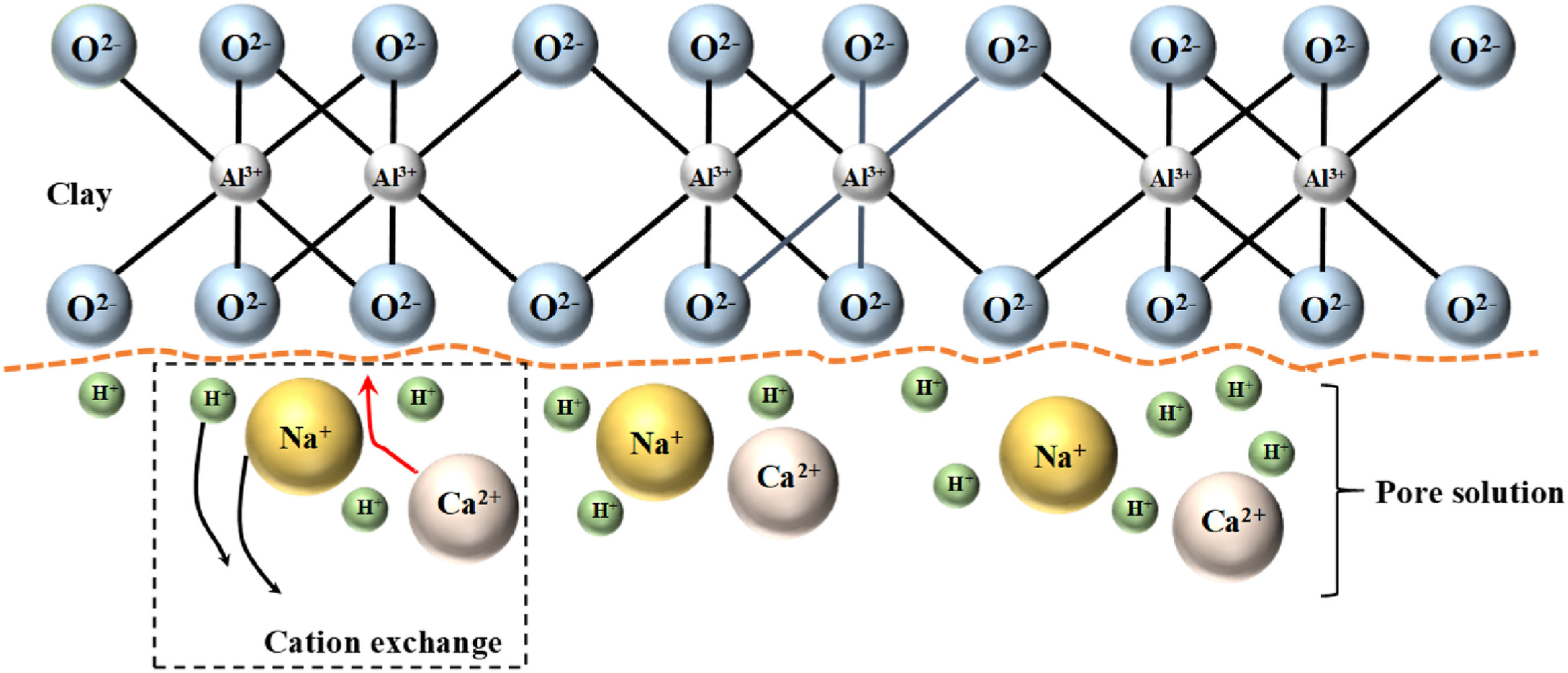JRMGE / Vol 14 / Issue 4
Stabilization of expansive soils using chemical additives: A review
Dharmendra Barman, Sujit Kumar Dash
Show More
Department of Civil Engineering, Indian Institute of Technology Kharagpur, Kharagpur, 721302, India
2022, 14(4): 1319-1342. doi:10.1016/j.jrmge.2022.02.011
Received: 2021-04-25 / Revised: 2022-02-02 / Accepted: 2022-02-23 / Available online: 2022-04-12
2022, 14(4): 1319-1342.
doi:10.1016/j.jrmge.2022.02.011
Received: 2021-04-25
Revised: 2022-02-02
Accepted: 2022-02-23
Available online: 2022-04-12
Volume instability of expansive soils due to moisture fluctuations is often disastrous, causing severe damages and distortions in the supported structures. It is, therefore, necessary to adequately improve the performance of such soils that they can favorably fulfil the post-construction stability requirements. This can be achieved through chemical stabilization using additives such as lime, cement and fly ash. In this paper, suitability of such additives under various conditions and their mechanisms are reviewed in detail. It is observed that the stabilization process primarily involves hydration, cation exchange, flocculation and pozzolanic reactions. The degree of stabilization is controlled by several factors such as additive type, additive content, soil type, soil mineralogy, curing period, curing temperature, delay in compaction, pH of soil matrix, and molding water content, including presence of nano-silica, organic matter and sulfate compounds. Provision of nano-silica not only improves soil packing but also accelerates the pozzolanic reaction. However, presence of deleterious compounds such as sulfate or organic matter can turn the treated soils unfavorable at times even worser than the unstabilized ones.
Keywords: Expansive soil, Cement, Lime, Fly ash, Pozzolanic reactions, Sulfate attack
Article Data
Author(s) Information
Dharmendra Barman

Dharmendra Barman obtained his BTech degree in Civil Engineering from Jalpaiguri Government Engineering College, India, in 2015 and subsequently obtained MTech degree in Geotechnical Engineering from Indian Institute of Technology Guwahati, India, in 2018. Currently, he is pursueing his PhD in Ground improvement at Indian Institute of Technology Kharagpur, India. His research interests include physiochemical behavior of soil and ground improvement.

